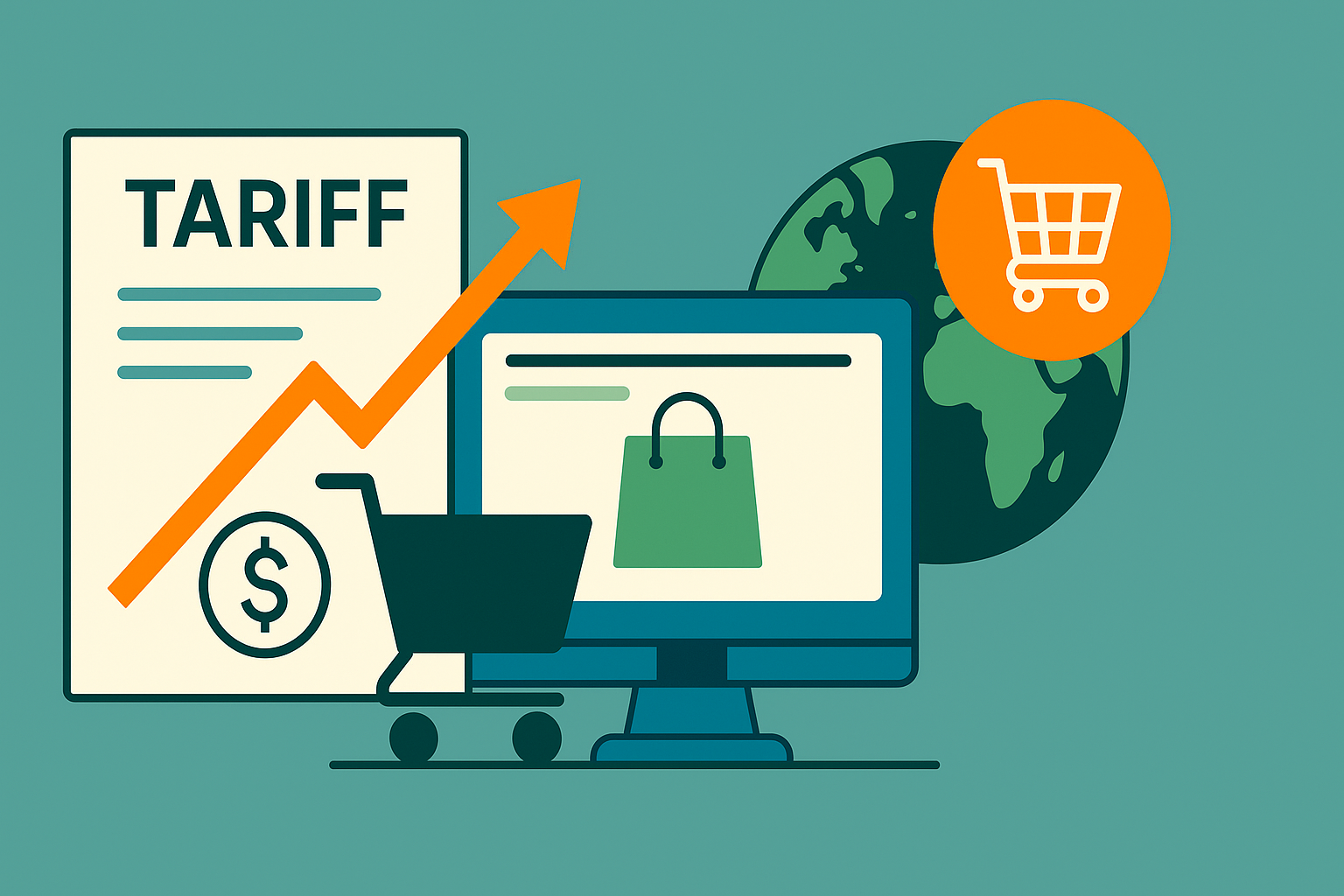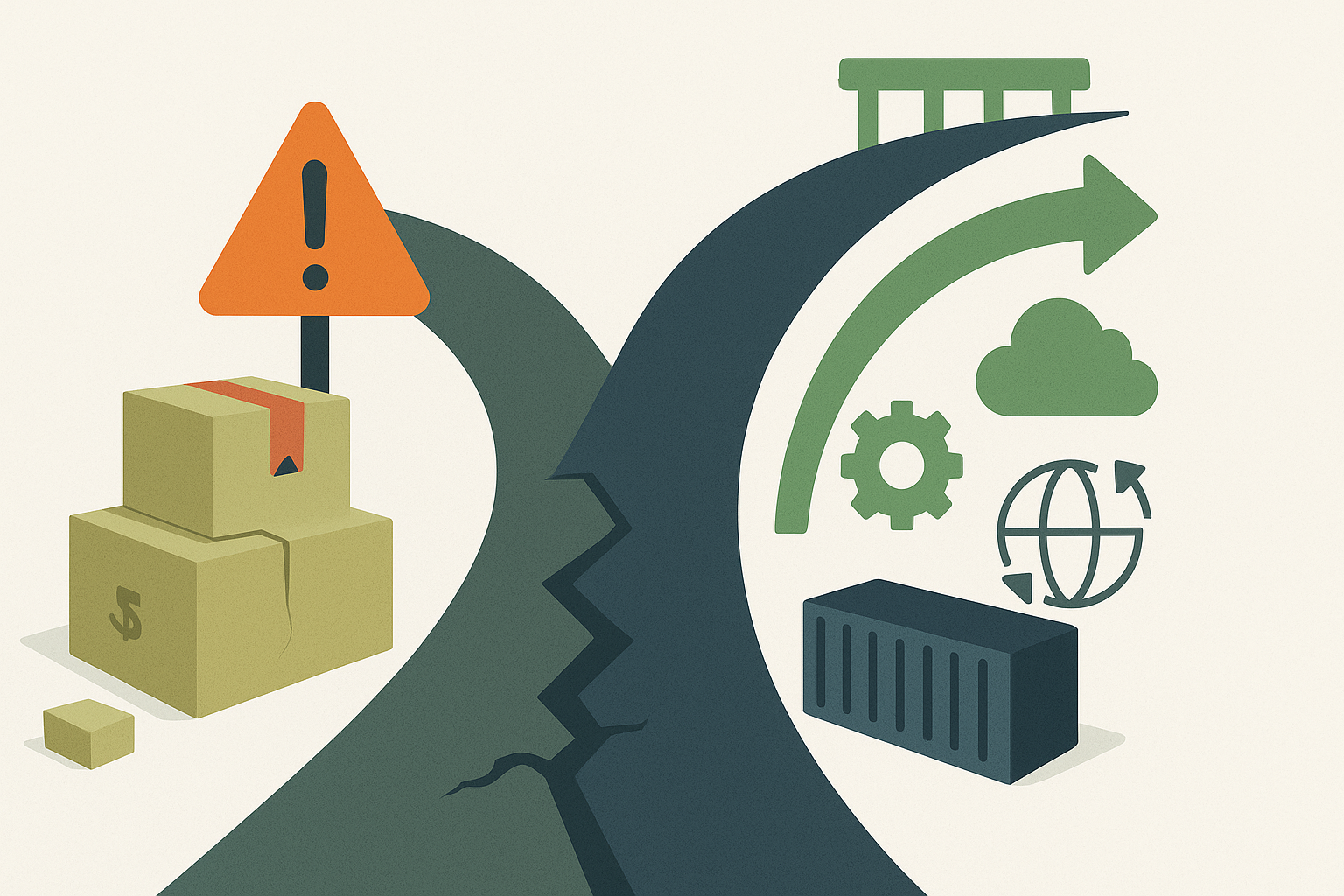How to Use B2B Marketplaces Strategically to Boost Visibility & Own the Sale
The Smart B2B Hybrid Strategy: Use Marketplaces to Get Noticed—Then Make Them Jealous
Let’s face it—marketplaces are like that popular kid in school everyone flocks to. They’ve got the attention, the crowd, and the cool lunch table. And if you’re in B2B sales or marketing, you’re probably thinking, “Well, if buyers are already there… shouldn’t we be too?”
Absolutely Yes. But with a plan.
Because while marketplaces can give you the exposure, you don’t want to end up just another listing in their high-traffic cafeteria.
This is where a B2B hybrid strategy comes in—show up where the buyers are, then invite them back to your place [aka your website ] where the snacks are better, the service is premium, and the relationship is yours to own.
Let’s dig into what this actually looks like—with real-world examples, tips, and yes, a few chuckles along the way.
Marketplaces Bring the Traffic, But Don’t Let It Stop There
Marketplaces like Amazon Business, Alibaba, and ThomasNet are fantastic for visibility. People are already browsing, searching, and—if your SEO is tight—finding you.
But visibility without control is like handing out free samples and forgetting to print your brand name on the wrapper.
The smart play would be to use marketplaces as the top of the funnel. That’s where buyers first notice you. But then, guide them to your owned channels where you control the story, the data, and the long-term value.
Example:
Let’s say you sell industrial cleaning equipment.
You list your bestselling pressure washer on Amazon Business. But every box includes:
- A QR code for a free demo on your website
- A 10% discount code for your own eCommerce store on next order or a cash back.
- An invite to your “Preferred Buyer Program” with volume pricing, Net terms etc.
Marketplace = lead generation.
Website = relationship builder.
“You win the customer, not just the transaction.”
Don’t Let the Marketplace Own You
Look, we love marketplaces—but let’s not pretend they’re running a charity.
- They take a commission.
- They block access to customer data.
- They promote your competitors right next to your face.
If you’re not careful, you’re working for the algorithm, not your bottom line. Be strategic. Use marketplaces without becoming dependent on them.
Example:
You’re a B2B software vendor offering a free version of your app on AWS Marketplace. Nice move. It’s discoverable, scalable, and low-barrier.
But to unlock integrations, analytics, or support? Users have to upgrade through your website.
That’s called channel fencing, and it’s legal, smart, and deliciously satisfying.
Other smart moves:
- Only list limited SKUs or bestsellers on marketplaces
- Reserve complex/custom offerings for direct sales
- Offer stronger guarantees or better support via your site
- Add subtle CTAs like “Get bulk pricing on our website.”
Hybrid Sales Strategy: Marketplace + Direct = Power Couple
A lot of businesses get stuck thinking it’s either-or. It’s not. A smart hybrid approach is like running a relay: the marketplace runs the first lap, and your sales team finishes strong.
Here’s how they can work together like PB&J:
Let marketplaces handle discovery and first contact, and let your direct team handle relationship-building, upselling, and retention.
Example:
A B2B lighting company lists LED panels on Home Depot’s Pro marketplace. Easy buys. Fast transactions.
But when contractors want customized sizes or smart integrations? They’re prompted to reach out directly.
Now it’s a consultative sale—tailored quote, technical specs, and personal account management. AKA, high-margin goodness.
From First Click to Forever Customer: Move from Awareness to Acquisition
Let’s not stop at “thanks for your order.” That’s basic. As opposed, let’s aim for: “Thanks for your loyalty, here’s a VIP toolkit, a customer success manager, and oh—how about a sneak peek at our 2025 product line?”
This is how you move from transaction → trust → loyalty → Acquisition..
Turn one-time marketplace buyers into long-term brand fans by giving them reasons to stick around.
An obvious Next Step – CRM Integration:
Make sure your CRM can pick up and track leads from marketplace traffic—even the indirect ones. If your systems aren’t talking to each other yet, here’s a quick guide on integrating your ERP, CRM, and eCommerce platforms to make that happen.
- Track which buyers first saw you on marketplaces. If you can’t use pixels, use discount codes, unique URLs, or post-purchase surveys.
- Marketplaces rarely give you a shot at delighting the customer. Use packaging, onboarding, and education as your USP.
- On a marketplace, you’re one tile among thousands. On your site, you are the brand. Use that space to show your story, value, and voice.
Final Thoughts…
Marketplaces are amazing. But don’t let them take all the limelight.
Eventually, the strategy is about using the marketplace as a billboard that will amplify your reach and keep the flow running in your top funnel. You wave to your customers there, then invite them back for coffee, service, and a loyalty program that makes them feel like a VIP.
“Use their reach. Build your relationships. Keep your margins.”
And hey—next time someone says, “Marketplaces are killing direct sales,” just smile and say:
“Not mine.” 😎
Contributors
-

Taimoor Mughal
writer
Technical Consultant


